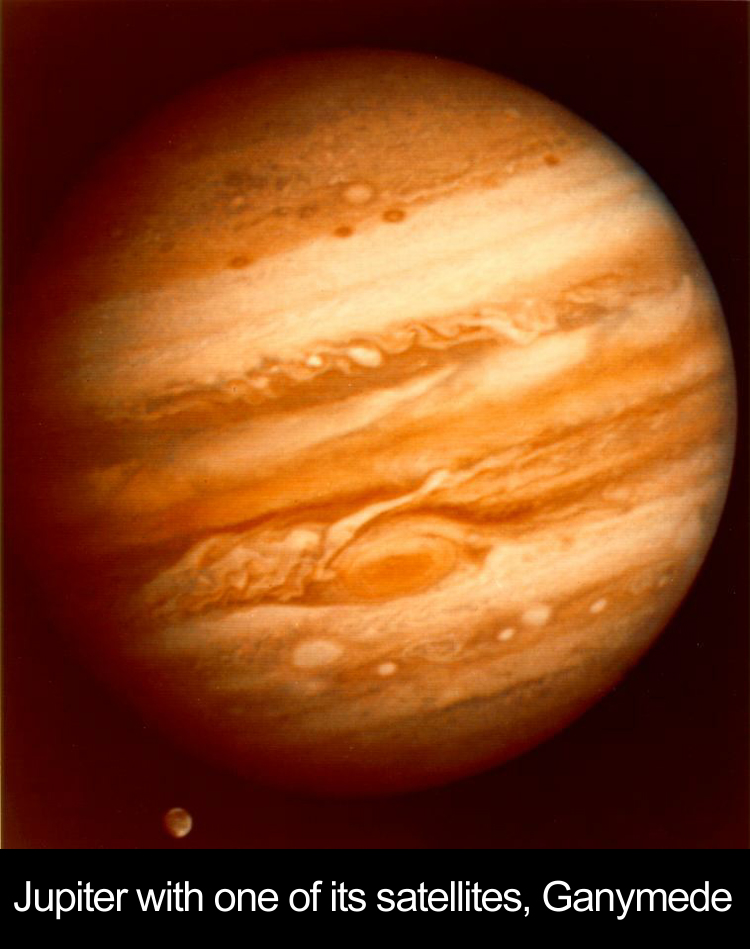This is my guide to the Solar System.
Our Solar System has 11 planets (or possibly 12, Planet X) three of which are dwarf planets. My guide will show you something about them.
The Solar System
The solar system is like a plate. The sun is in the centre of it, and all the planets whizz around it. Four planets - Mercury, Venus, Earth and Mars - are very close to the sun. After an asteroid belt - big chunks of rock and minor planets, including Ceres, a dwarf planet - lie Jupiter and Saturn. Then, after a big gap, comes Uranus, Neptune and finally the dwarf planets Pluto and Eris (covered in ice).

My Favourite Planets
Jupiter

Jupiter is massive and has at least 61 moons. Also, it has the shortest day - just 9 hours and 51 minutes to spin around once. There is also a giant storm called the Great Red Spot, three times as big as Earth. Jupiter is one of my Favourite Planets, because it eats everything that comes near it, and is huge.
Neptune

Neptune has one of the worst storms in the solar system. Winds of 2,000 kilometres per hour whip clouds of methane around the planet. Neptune is one of my favourite planets because of its brilliant bright blue colour.
Other planets
Mercury
Mercury is only 1/15 as bright as its neighbour, Venus.
In 1885 some astronomers believed there was a planet closer to the Sun than Mercury , they called it Vulcan, the Roman fire God.
Mercury, in fact, is not the hottest planet in the Solar System, it is Venus.
Four billion years ago, an enormous meteorite crashed into Mercury, making a massive crater called the Caloris Basin - this is more than 1,250km across
Venus
Venus is the second planet from the sun. It is hotter than Mercury at 470şC because of thick clouds which trap the heat. From Earth, it's sometimes the brightest planet in the sky. Its average distance from the sun is 108,200,000 kilometres and it has no satellites. Beneath its clouds, Venus is a world of volcanoes, mountains and canyons. Also, it is the nearest planet to earth.